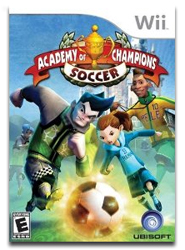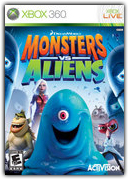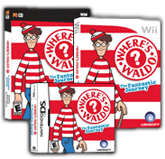Meanwhile, on the other side of the century: A Drupal House’s Adventures in Social Media
What began as intermittent tweets and a few flickr images has been transformed into a nearly full time job. Social media today is seen as essential for business. The Business To Client broadcast model is dead, many maintain, and conversations between users on forums and facebook pages are becoming the norm. One-way brick and mortar business is simply not enough. As overheard in a recent social media course, “for many people today, if you don’t exist online, then you don’t exist in real life.” A pretty big statement to make, no doubt, but there is a definite basis for this.
A year ago, a twitter account, a facebook group, and a flickr page were in use by 80elements to increase social media presence – all were set up, but keeping each active was not viable due to a deficit of time to devote to active creation. A solid message is difficult to maintain without this consistency, and so the 80E social media image was blurry. Today, 80E blogs, vlogs, facebooks, tweets, and updates linkedin along with a real aim towards consistency in time and identity. This shift has created a full time commitment towards social media and has brought the entire team into the mix, affecting each of us in different ways. As a business, especially in web and iPhone app development, if we aren’t active online, we do not exist. Social media time is thus allotted into the production and promotion schedules. So far, so good, but time will identify the true long-term return on investment.
As one can quickly learn from blogs and google searches, the reasons for a business to move into social media are both numerous and necessary. Each business will soon be aiming towards creating online identity through Facebook, twitter, LinkedIn, google profiles, Youtube, blogging and all sorts of other new social sites coming and going. The data and content to pull it off can be staggering. To top it off, it can be very easy to have your content become part of the blur of data that passes us by online. “Every minute, 20 hours of video is uploaded to YouTube.” That is a HUGE amount of data to contend with, and equal to the very viral J*zz In My Pants by The Lonely Island being uploaded 480 times per minute or 28800 times per hour. A unique branding strategy is necessary to keep people interested, and keep your brand visible and searchable online.
Where does all this data go after it’s no longer viral/live? Thankfully for search, it stays online. Like your status updates on Facebook, your data is not deleted from the system – it is merely backed up. In 50 years, if YouTube continued to receive the same upload levels as current (doubtful as it will of course fluctuate), then J*zz In My Pants could be stored 12 614 400 000 separate times. A twitter update, or an occupation field on LinkedIn, are not that data heavy – if twitter were to have similar data creation rates, in 50 years, this would be equivalent to 4 054 628 571 541 200 tweets of 140 characters. All of it stored, backed up and, in the end, no longer owned by the creator/user.
Personally, if I am approached to work with a person or business, I first look online. If I find little/nothing, it can be a definite hindrance to moving forward. Questions may spring to mind: “why are they not online? What are they hiding? Should I be concerned about this?” and I find it more difficult to make a decision. Indeed, many employers do this with potential employees as well (LinkedIn, Facebook). Which identity is more valid? After finding more information online, my opinion of my real life experience can most definitely be changed. Research and reassess after all, and this comes into play with all identities. In 10 years, the line between online and offline identities will be much less defined, let alone half a century from now.
As social networks expand, our personal data is pulled out further and further from its source. If you wanted to remove your presence from the internet today, could you? How about in 50 years, when Facebook has shut down (or not) and all that data is still on its servers, owned by someone other than yourself. Remember Friendster, the old ICQ and sixdegrees.com? They’ll remember you. A demand exists for those who want to get out of the game. A successful social media suicide app, designed by developer mobblr_, would delete your online presence but has now been banned by Facebook. Terms of use violation, Facebook asserts. Attempted data loss, definitely.
As a company, this may not be a big issue, but as a private individual, this may be the start of a change in how we interact.
“In 2006, AOL voluntarily released the search data of 650,000 of its users over a three-month period — some 20 million Web queries in total. Although the AOL user name had been changed to a random ID number, one could analyze all the searches done by a single user and deduce who the person was. Understandably, the online community was outraged, and AOL acted swiftly, removing the data and issuing apologetic press releases.” For users, its too little, too late.
Where will social media be in 50 years? This is a big question and one that requires an answer and major goals to be set. If this is not brought up in the present, then the future design and architecture of our online (read: new reality) world will be out of the hands of those it affects most: the users. These users are people, governments, businesses, and even religions (yes, the Vatican has a Facebook Page). When/if privacy concerns overwhelm the system, a big shift will occur once again.
In the end, I of course do not have an answer for how or what will happen, but I do assert that if it is not the public that steps forward to maintain its rights to information and to identity, then it will be out of the public’s hands. If I am not in control of my identity, then someone else will be. If online and offline identities are blurred, where will I end up? Where will I exist in the world?
“Web 3.0” will necessitate a rebellion.
by Ryan at 80elements.com
posted in Editorials, News, Reviews, Social Media, Studios, Upcoming Releases By: Ryan |  Print This Post
Print This Post


















